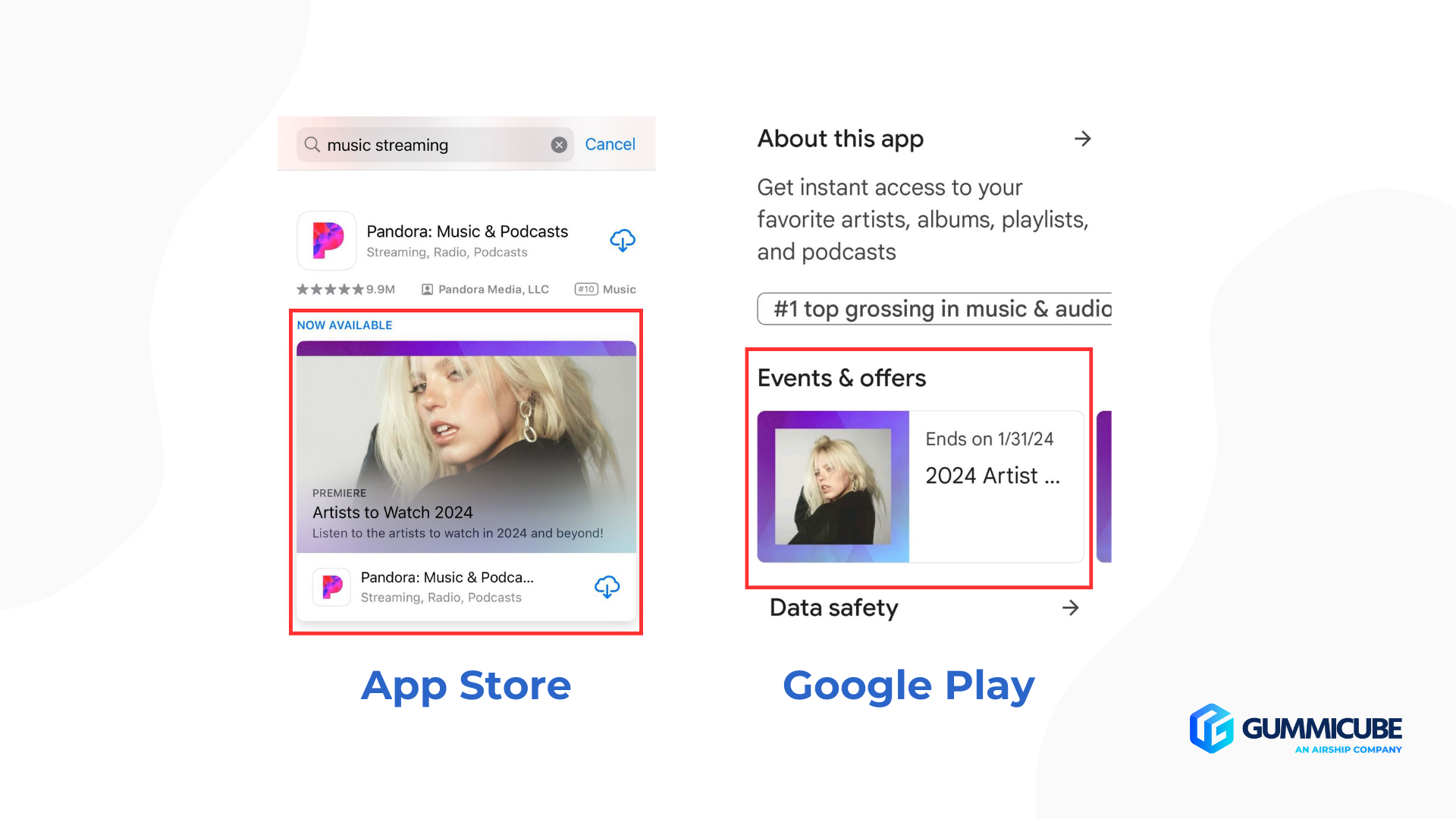
App Store Spotlight: Orbit - Time-Based Invoicing
Posted on April 17th, 2025
Discover how Orbit can boost visibility and conversions with smarter keywords, optimized creatives, and a stronger App Store presence.

Before embarking on your app store marketing journey, your subscription model must fall in line with Apple and Google’s requirements. Both platforms have their own set of guidelines regarding how subscriptions are managed and where transactions can take place. The Apple App Store and Google Play are notoriously strict in their monetization policies, keeping transactions within the bounds of their ecosystems to dissuade developers from foregoing their app store commission rates.
Historically, both Apple and Google have taken a cut of in-app purchases related to transactions. Apple charges 30% during the first year of a user’s subscription, which decreases to 15% for subsequent periods. However, the lowered 15% commission also applies to apps that are a part of Apple’s Small Business Program or News Partner Program. Google charges a flat 15% for subscriptions regardless of the time subscribed or special affiliation.
Staying up to date on developments affecting each app marketplace’s guidelines is also essential. Antitrust lawsuits, changes to monetization practices, and even the emergence of new app stores are all things that can and have happened that can potentially shift the way in-app purchases function. It’s your job as a developer, to be aware of those changes and adapt accordingly.
Now that you have a basic understanding of how Apple and Google handle in-app purchases, you can familiarize yourself with ways to complement your subscription model during your app’s lifecycle. The App Store and Google Play Store both provide native tools to support in-app activity, foster engagement, and even boost conversions. Apple In-App Events and Google Promotional Content offer dynamic cards developers can use to showcase relevant information to attract and retain users.

Using In-App Events and Promotional Content is also an effective way to target specific audiences. Both resources can be used to highlight upcoming events, promotions, features, characters, and a plethora of different announcements. Say you have a shopping app, an IAE or PC card can display discounts related to outerwear, while another showcases discounts targeting footwear.
Additionally, iOS In-App Events and Google Play Promotional Content can be used to target users at different stages of their app journey. While effective at attracting users, they can also create awareness among existing and lapsed ones who may not have discovered the events if not for the announcements.

A breakthrough for iOS developers could also be on the horizon with the introduction of Apple’s Contingent Pricing feature. Bridging the gap between different apps and developers, Contingent Pricing allows you to offer discounts to users already subscribed to an existing plan on your app. These discounts can apply to different subscription tiers pertaining to the same app, a different one of the same developer, or even one of a completely different developer.
Contingent Pricing increases the opportunities for engagement and enhances the customer’s lifetime value by opening doors to continued subscriptions, cross-sells, and up-sells. It also enables partnerships between developers whose app experiences may be complementary to each other.
For example, a finance app focused on online banking may want to partner with an investment app to offer services not found on their main platform. Users subscribed to the online banking app can be offered a discount to also start a subscription with the investment app at a lower price than usual thanks to Apple’s Contingent Pricing.
When it comes to App Store Optimization, subscription apps have unique opportunities to maximize app growth, engagement, and retention. After grasping the fundamentals of app store compliance, you are ready to leverage the different tools at your disposal to make the most of your journey. With In-App Events and Promotional Content aimed at attracting and retaining users, and Contingent Pricing facilitating more ways to extend subscription value, your subscription app has tremendous potential in both ecosystems.
Need help with your subscription app optimization? Hire the industry’s leaders in ASO services today!

Discover how Orbit can boost visibility and conversions with smarter keywords, optimized creatives, and a stronger App Store presence.

Explore how Home Contents can improve its App Store listing with smarter ASO tactics, from stronger keywords to better screenshots and video strategy.

Discover how onX Offroad can enhance its App Store presence with smarter ASO strategies, from metadata tweaks to creative optimizations.